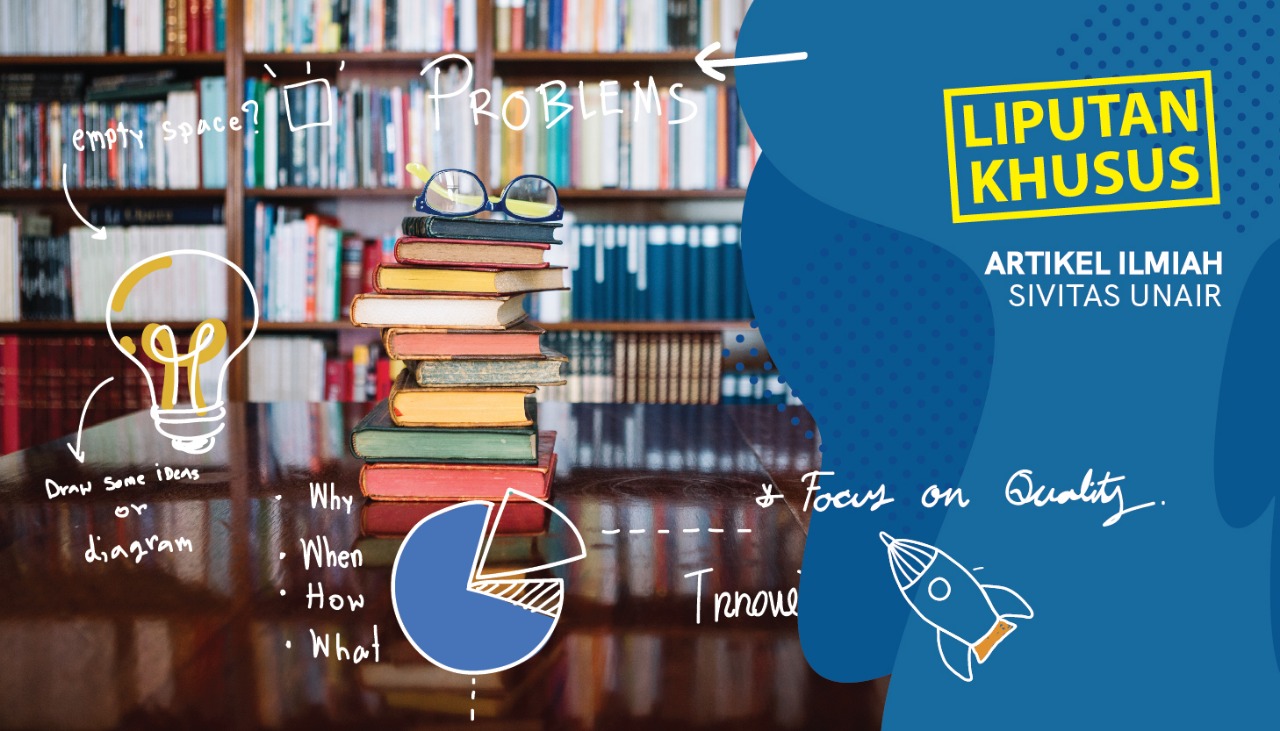UNAIR NEWS – Mouth ulcer is a disease that mostly attacks the oral cavity caused by pathogenic microbes, Candida albicans ( C.albicans ). In some cases, mouth ulcer can be cured with antibiotic mouthwash, but in patients with low immunity such as HIV sufferers, it is very difficult to cure. Worse yet, mouth ulcers are affected by optimal habitat condition of C. albicans to grow.
A growing C.albicans population can increase the amount of metabolism of toxins in blood vessels and potentially cause diseases to other organs, such as degenerative, cancer, allergies and stroke . One way to eradicate C.albicans biofilm is through Antimicrobial Photodynamic Therapy (aPDT) where, the success of the therapy is determined by the suitability of the spectrum of light source with the photosensitizer absorption spectrum and the presence of oxygen.
The ideal photosensitizer can stimulate every single photon of light absorbed by forming a singlet oxygen molecule. Various kinds of photosensitizers are used in antimicrobial photodynamic therapy, including organic (chlorophyll), metal (silver or gold) or chemical (methylene blue). In this regard, Dr. Suryani Dyah Astuti, M.Si., and her team utilizing papaya plants ( carica papaya L.) as organic photosensitizer agents.
The selection of papaya as an organic photosensitizer agent because it has a relatively high chlorophyll content, 29.5975 mg / g, it contains antifungal active substances such as saponins and tannins. The content of the papaya enzyme is also useful to break down the structure of proteins.
“Chlorophyll pigments have absorbance peaks characteristic at two wavelengths, chlorophyll- a (430 and 662) nm and chlorophyll- b (453 and 642) nm, with different degrees of absorbance between the two. Furthermore, chlorophyll acts as a light absorber, transfers excitation energy to the reaction center and the charge separator in the photosynthetic membrane,” stated the physics lecturer.
High energy absorption during photosynthesis is due to the relatively long stages of chlorophyll excitation (£ 10 -8 seconds). The longer the excitation stage of a chlorophyll singlet, the greater the conversion of electronic energy from the basic level to the triplet excited level can occur.
“Moreover, the excess energy at the triplet excited level gives chlorophyll an opportunity to transfer its energy to the oxygen molecules around it to produce reactive oxygen singlets (ROS),” stated the lecturer who focuses on medical physics.
“Papaya leaf chlorophyll is special as it can be used as a potential photosensitizing agent in photodynamics,” she said.
Penulis: Asthesia Dhea C
Editor: Khefti Al Mawalia
http://journals.sbmu.ac.ir/jlms/article/view/21618/215-224
Sri Dewi Astuty, Suhariningsih, Afaf Baktir, Suryani Dyah Astuti. 2019. The Efficacy of Photodynamic Inactivation of the Diode Laser in Inactivation of the Candida albicans Biofilms With Exogenous Photosensitizer of Papaya Leaf Chlorophyll.





